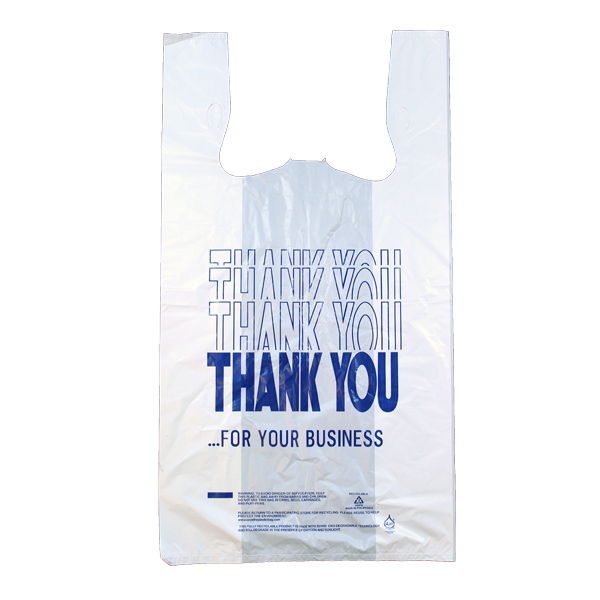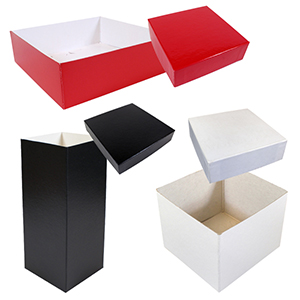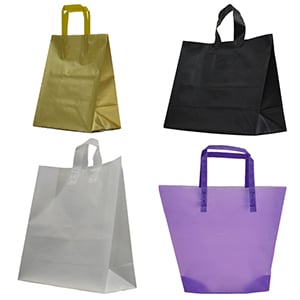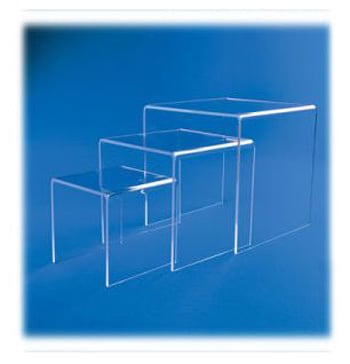All About Plastic Packaging – High Density vs. Low Density
In the world of packaging, you might hear the words ‘high density’ and ‘low density’ a lot. If you are new and only know of the general T shirt bags, these terms may sound foreign and scary. Yes, they are technical terms but they are just simple words to differentiate the material used in manufacturing plastic bags.
These two terms actually refer to polyethylene, a primary material in making plastic bags, but one that can also be made in an array of structures. In packaging, plastic plays a large role and it is important to become really specific with the kind of plastic you want to use.
What is Polyethylene?
Polyethylene is a plastic that is actually environment-friendly, and comes in many variants that are characterized by their softness, stretchiness, hardness, and strength. Also, it is a preferred material for most businesses because it has good quality performance when it comes to insulation, resistance to materials that are quite corrosive and their overall durability and strength.
Polyethylene is made from naphtha, an extracted product from petroleum. It is heated to produce ethylene, which is then processed to make polyethylene. In its early stage, polyethylene is in a liquid pulp state. At this stage, it is formed into small pellets and distributed to factories as a raw material. The level of density is identified during the production phase.
The general formula is that the lower the pressure used in producing the plastic bags, the higher its density. When there is low pressure, the result is a tight and straight pack of branches. When the pressure is lower, the result is normally a more elastic plastic with loose crisscross patterns.
Why is Polyethylene Eco-Friendly?
You might have raised your eyebrows when we told you that polyethylene is eco-friendly. After all, it is plastic. Is it not supposed to be harmful to Mother Earth?
However, if you remember correctly, plastic is supposed to be recycled. This means that if people learn how to recycle plastic, they should be harmless to the environment. It only becomes a threat when plastic is thrown away carelessly.
Unlike other plastic materials, polyethylene can be melted and transformed into new plastic products.
Today, researchers are looking into more innovative ways of manufacturing plastic. If everything works out well, we could be looking at nature-friendly plastic items in the future.
Now What — High Density or Low-Density Plastic?
Choosing the type of plastic to use for packing your items really depends on a lot of factors. The most important aspect to consider is the weight of the items you are going to place inside these bags. Heavier items usually need a plastic bag with a higher density, therefore high-density plastic bags can support weight more than low-density plastic bags.
High-density T shirt bags are commonly used in groceries and convenience stores as items could get heavy and it would need a much more durable and elastic plastic to prevent the items from spilling over. In clothing stores where the items are not really that heavy, a business can do with a nicely designed low density plastic bag.










Validate your login